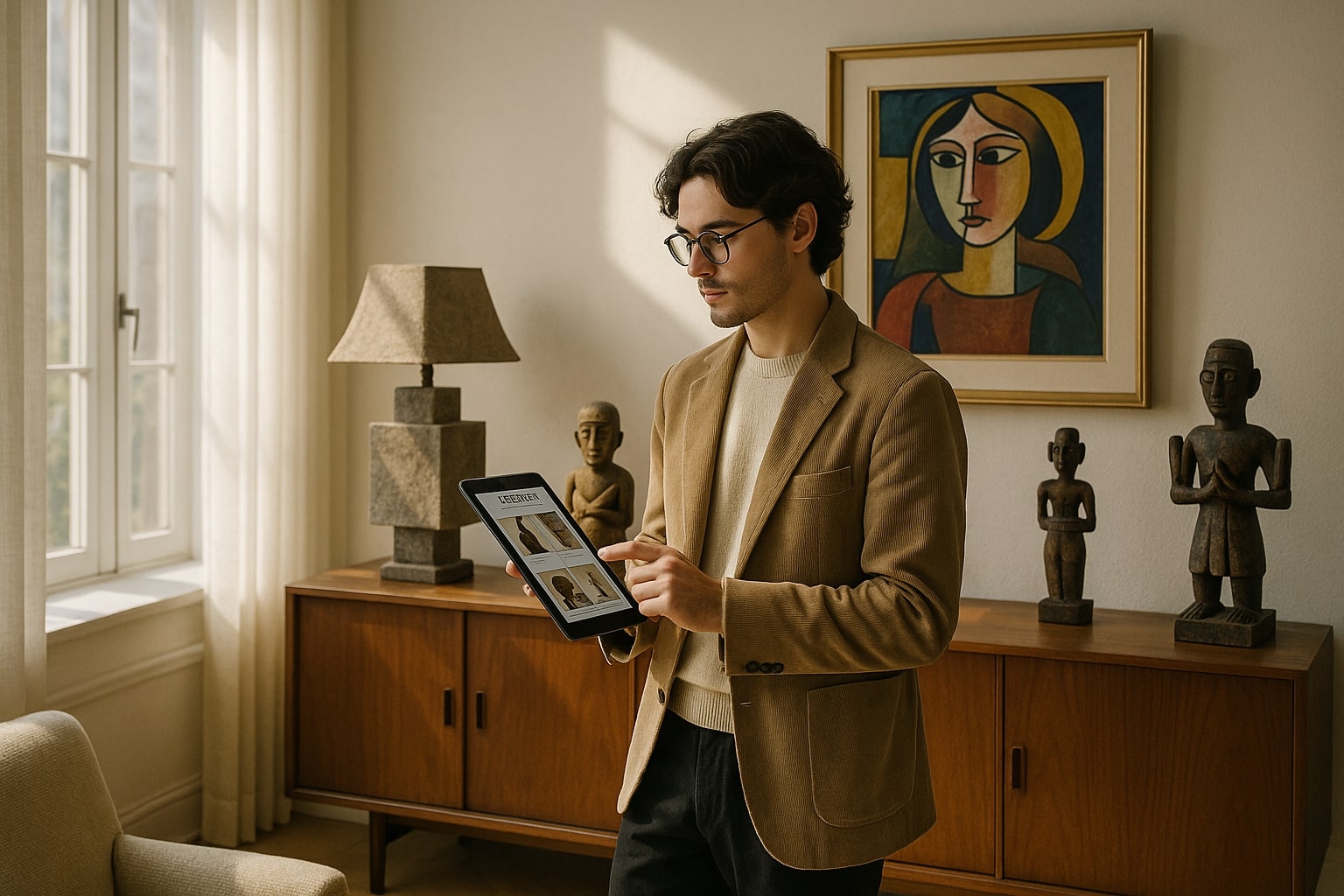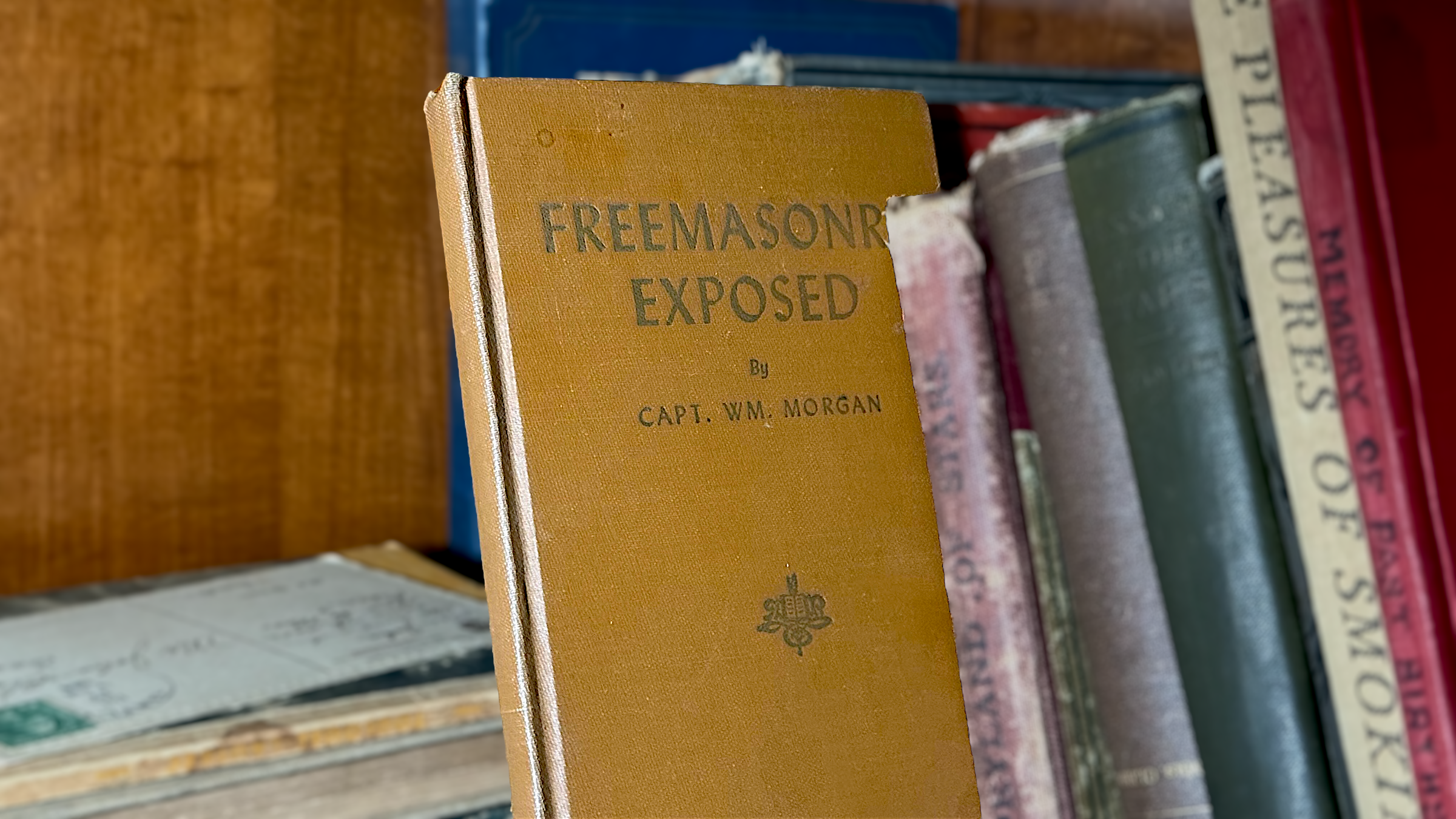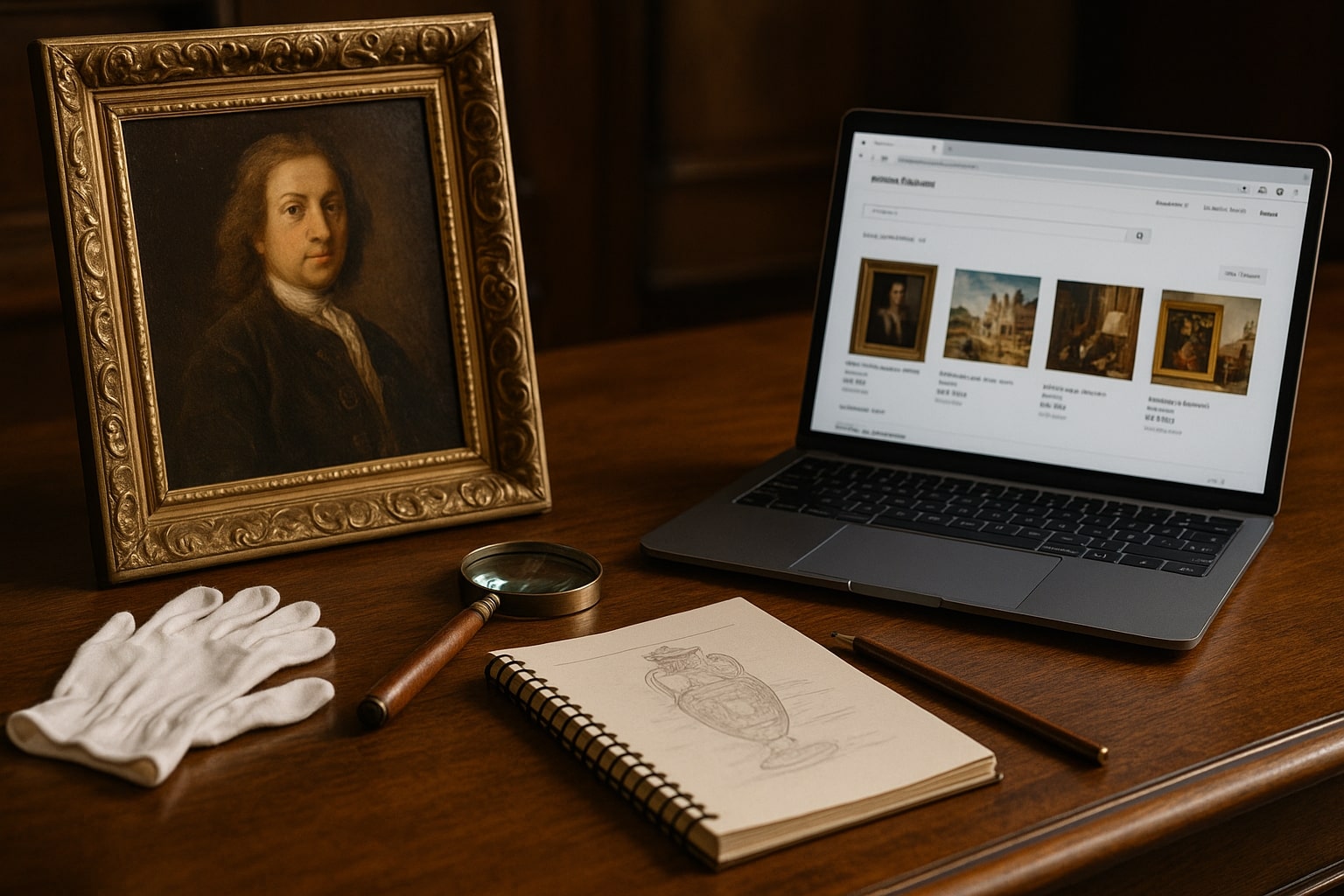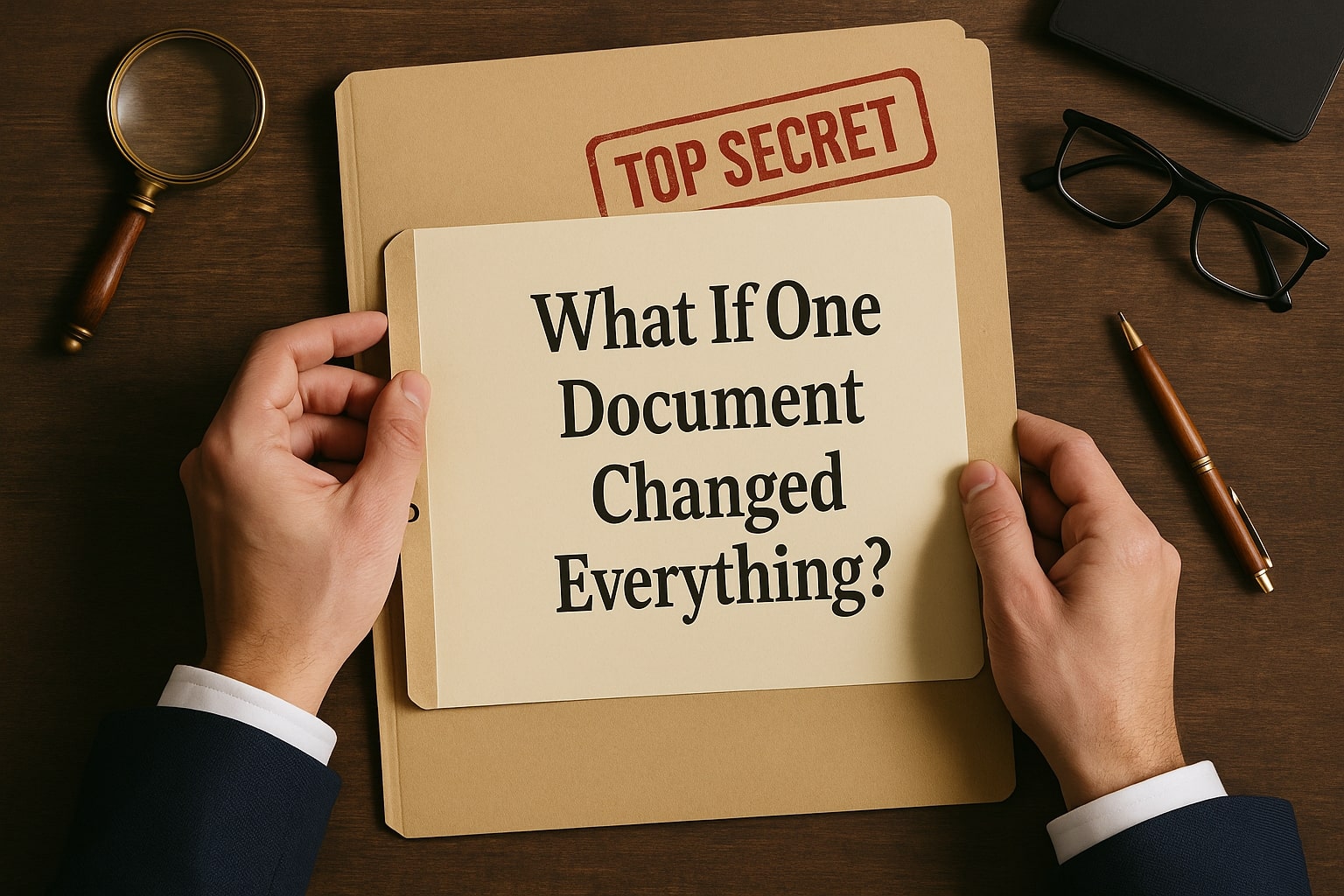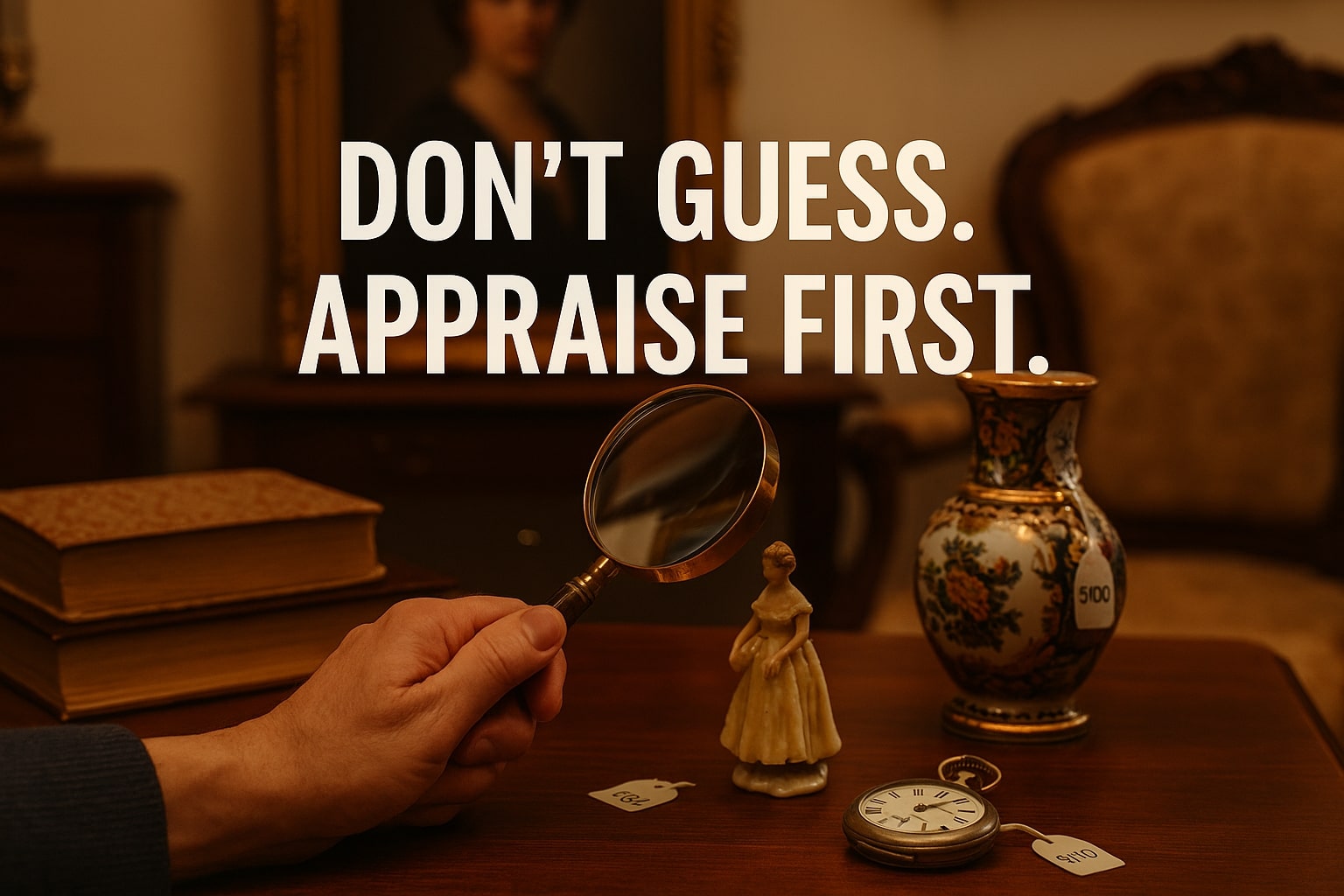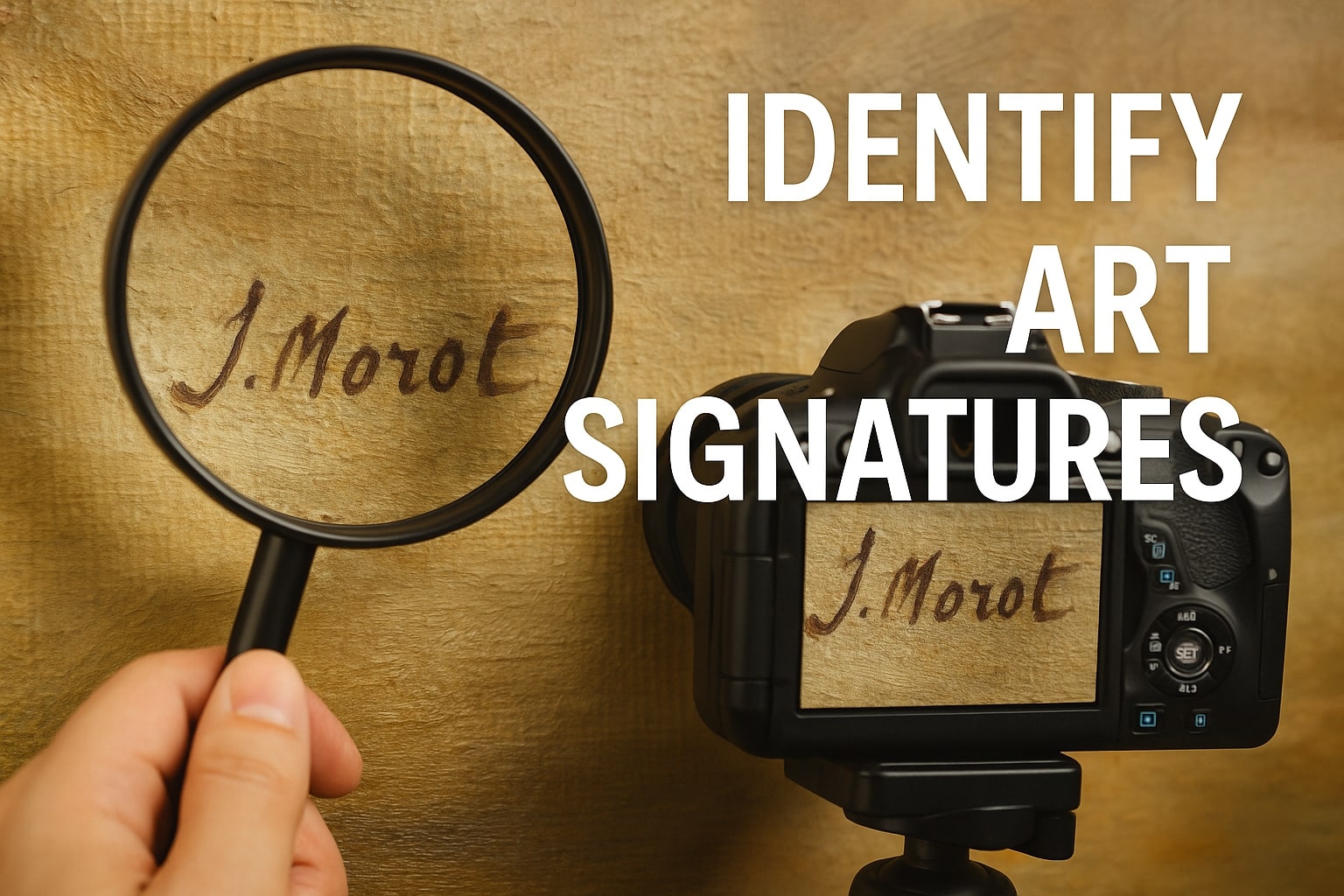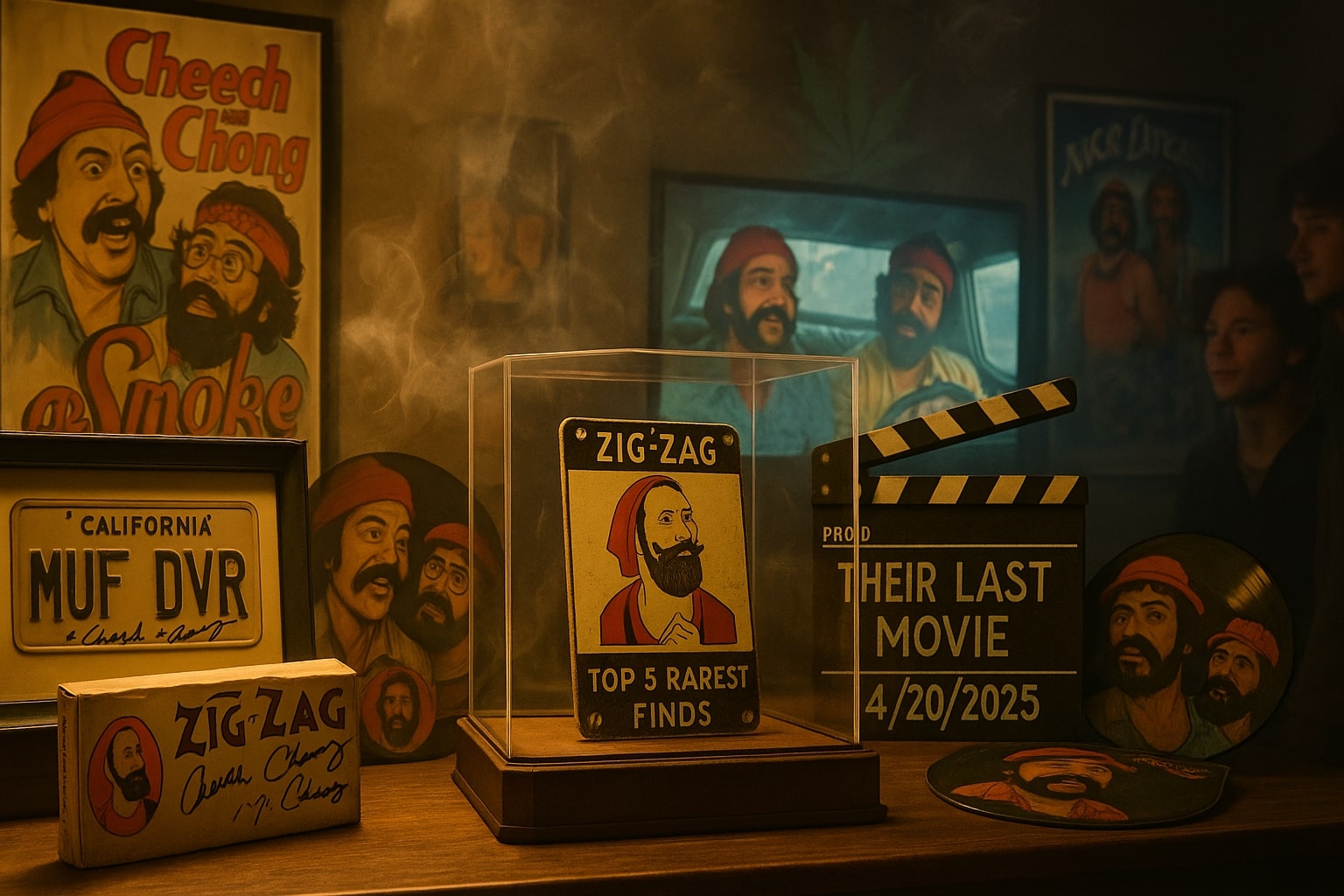The Rise of Fractional Ownership in the Art World: A Democratized Approach to Art Investment
The fractional ownership of art is redefining the traditional art market, making investment in fine art accessible to a broader audience. For decades, owning high-value artworks was a privilege reserved for the ultra-wealthy. Today, thanks to innovative platforms and digital advancements, art lovers and investors alike can own shares in masterpieces. At Goodson Gallery, we aim to educate and guide art enthusiasts on this transformative trend, empowering them to make informed decisions in this evolving landscape.
What Is Fractional Ownership in Art?
Fractional ownership allows multiple investors to purchase shares in a single artwork. Each investor holds a proportional interest in the piece, similar to owning stock in a company. As the value of the artwork appreciates, so do the shares, creating a unique intersection between art appreciation and financial investment.
For instance, instead of needing millions to acquire a Picasso, investors can now buy shares through platforms that tokenize the artwork. This model democratizes the art world, enabling more individuals to participate in the high-value art market.
Platforms Leading the Fractional Ownership Revolution
Several platforms have emerged as leaders in the fractional ownership of art:
- Masterworks: Founded in 2017, Masterworks offers shares in blue-chip artworks by renowned artists like Banksy and Basquiat. The platform is registered with the Securities and Exchange Commission (SEC) and has a collection valued at over $500 million.
(ArtTactic) - Mintus: Based in the UK and regulated by the Financial Conduct Authority, Mintus launched in 2022, offering fractional investments in high-value artworks.
(ArtTactic) - Sygnum and Artemundi: In 2021, these pioneers collaborated to tokenize Picasso’s “Fillette au béret,” allowing investors to trade Art Security Tokens (ASTs) backed by a fraction of ownership.
(ArtTactic)
The Benefits of Fractional Ownership
Fractional ownership has introduced several benefits that are transforming how people interact with the art market:
1. Accessibility
This model lowers financial barriers, allowing individuals to invest in fine art without needing millions. Art enthusiasts from diverse backgrounds can now own shares in iconic works.
2. Portfolio Diversification
Investors can diversify their portfolios by acquiring shares in multiple artworks. This approach spreads risk across different artists, periods, and styles.
3. Liquidity
Unlike traditional art investments, fractional ownership platforms often provide secondary markets. These markets allow investors to buy and sell shares, offering liquidity rarely seen in the art world.
4. Transparency
Platforms typically provide detailed information about the artwork, including its provenance, valuation, and market trends, making the investment process more transparent.
Potential Risks to Consider
While fractional ownership offers exciting opportunities, it’s essential to be aware of potential risks:
- Market Volatility: The art market can be unpredictable, with values influenced by economic conditions, artist popularity, and global trends.
- Limited Control: Investors have no direct control over the artwork, such as decisions about its sale or display.
- Fees and Management Costs: Platforms may charge fees that can affect overall returns.
- Regulatory Uncertainty: As the model is relatively new, regulatory frameworks are still evolving, which could impact the long-term stability of fractional ownership.
How Fractional Ownership Is Shaping the Art Market
The rise of fractional ownership of art is creating ripple effects throughout the traditional art market.
1. Broader Market Participation
More individuals can now access and invest in high-value art, expanding the collector base. This democratization is making the art market more inclusive.
2. Increased Liquidity
Fractional ownership adds liquidity to the traditionally illiquid art market, enabling more frequent buying and selling of shares.
3. Challenges to Traditional Models
As fractional ownership grows, some critics worry about the commodification of art. By focusing on financial returns, there’s a risk of overshadowing the cultural and aesthetic value of artworks.
4. Enhanced Digital Integration
Platforms facilitating fractional ownership rely heavily on digital technology, including blockchain, to ensure secure and transparent transactions. This technological integration is modernizing the art market.
The Role of Goodson Gallery in Educating Investors
Goodson Gallery is committed to empowering collectors and investors with the knowledge they need to navigate this new frontier. As leaders in the industry, we offer insights into the opportunities and challenges of fractional ownership, helping our clients make informed decisions.
Whether you’re a seasoned collector or new to art investment, our expertise ensures that you stay ahead of emerging trends while preserving the joy of art appreciation. At Goodson Gallery, we believe that art’s true value lies not only in its financial potential but also in its ability to inspire and connect.
The Future of Fractional Ownership
The future of fractional ownership looks promising. As more platforms enter the market and regulations become clearer, the model will likely attract even more investors. Additionally, the integration of blockchain technology ensures transparency and security, further legitimizing this innovative approach.
However, the challenge will be maintaining a balance between financial and cultural value. The art world must ensure that artworks remain appreciated for their historical and aesthetic significance, even as they become more accessible as financial assets.
At Goodson Gallery, we’re optimistic about the potential of fractional ownership to reshape the art market for the better. By providing access to iconic artworks and encouraging diverse participation, this model aligns with our mission to make art a universal experience.
Conclusion: The Democratization of Art Investment
The fractional ownership of art is more than a financial trend—it’s a movement toward inclusivity and innovation in the art world. By enabling more individuals to participate in art investment, fractional ownership bridges the gap between cultural appreciation and financial growth.
Goodson Gallery stands at the forefront of this transformation, offering expertise and guidance to collectors and investors alike. Whether you’re exploring fractional ownership or traditional art acquisitions, we’re here to help you navigate the evolving market with confidence.



